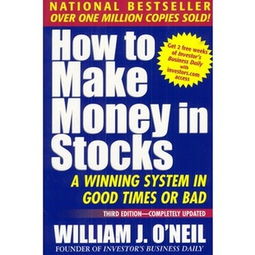How to Make Money from Home Equity: A Comprehensive Guide
Unlocking the potential of your home equity can be a smart financial move. Whether you’re looking to consolidate debt, fund a home renovation, or simply boost your savings, leveraging your home’s value can provide a substantial financial boost. Here’s a detailed guide on how to make money from home equity, covering various methods and considerations.
Understanding Home Equity

Home equity is the difference between the market value of your home and the amount you still owe on your mortgage. For instance, if your home is worth $300,000 and you owe $200,000 on your mortgage, you have $100,000 in home equity.
1. Home Equity Loans

A home equity loan is a lump-sum loan that allows you to borrow against your home’s equity. Here’s how it works:
| Feature | Description |
|---|---|
| Loan Amount | Up to 80% of your home’s equity |
| Interest Rate | Variable or fixed rates, depending on the lender |
| Repayment Terms | Typically 5 to 15 years |
| Collateral | Your home |
Before applying for a home equity loan, consider the following:
- Interest rates: Compare rates from different lenders to find the best deal.
- Repayment terms: Choose a term that aligns with your financial goals and budget.
- Impact on credit score: A home equity loan can affect your credit score, so be mindful of this.
2. Home Equity Lines of Credit (HELOCs)

A HELOC is a revolving line of credit that allows you to borrow money as needed, up to a predetermined limit. Here’s how it works:
| Feature | Description |
|---|---|
| Loan Amount | Up to 80% of your home’s equity |
| Interest Rate | Variable rates, often tied to the prime rate |
| Repayment Terms | Typically 10 years for the draw period, followed by a repayment period |
| Collateral | Your home |
When considering a HELOC, keep these factors in mind:
- Interest rates: Variable rates can be unpredictable, so be prepared for potential increases.
- Repayment terms: Understand the repayment schedule and how it will affect your budget.
- Home value fluctuations: If your home’s value decreases, it could impact your ability to borrow against your equity.
3. Cash-Out Refinance
A cash-out refinance involves replacing your existing mortgage with a new loan, with a higher amount than what you currently owe. The difference is given to you in cash. Here’s how it works:
| Feature | Description |
|---|---|
| Loan Amount | Up to 80% of your home’s equity |
| Interest Rate | Variable or fixed rates, depending on the lender |
| Repayment Terms | Typically 15 to 30 years |
| Collateral | Your home |
Consider these points when opting for a cash-out refinance:



